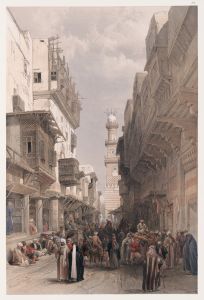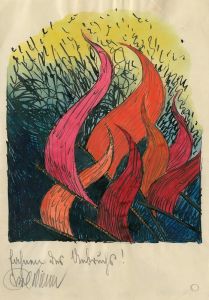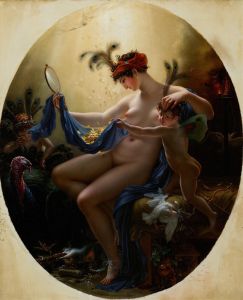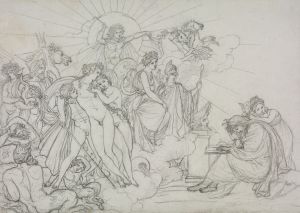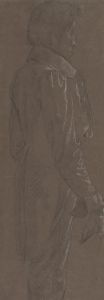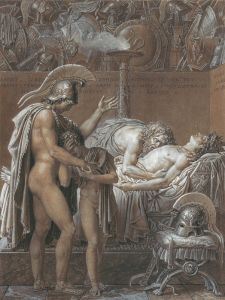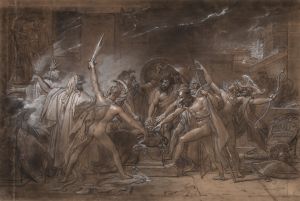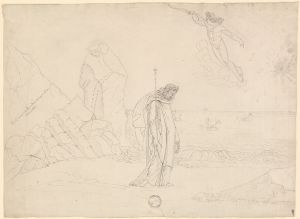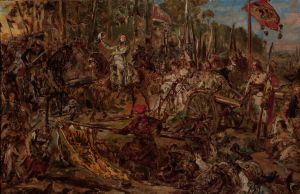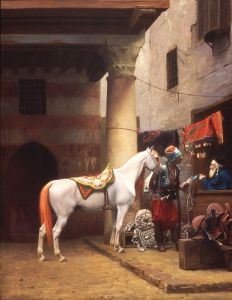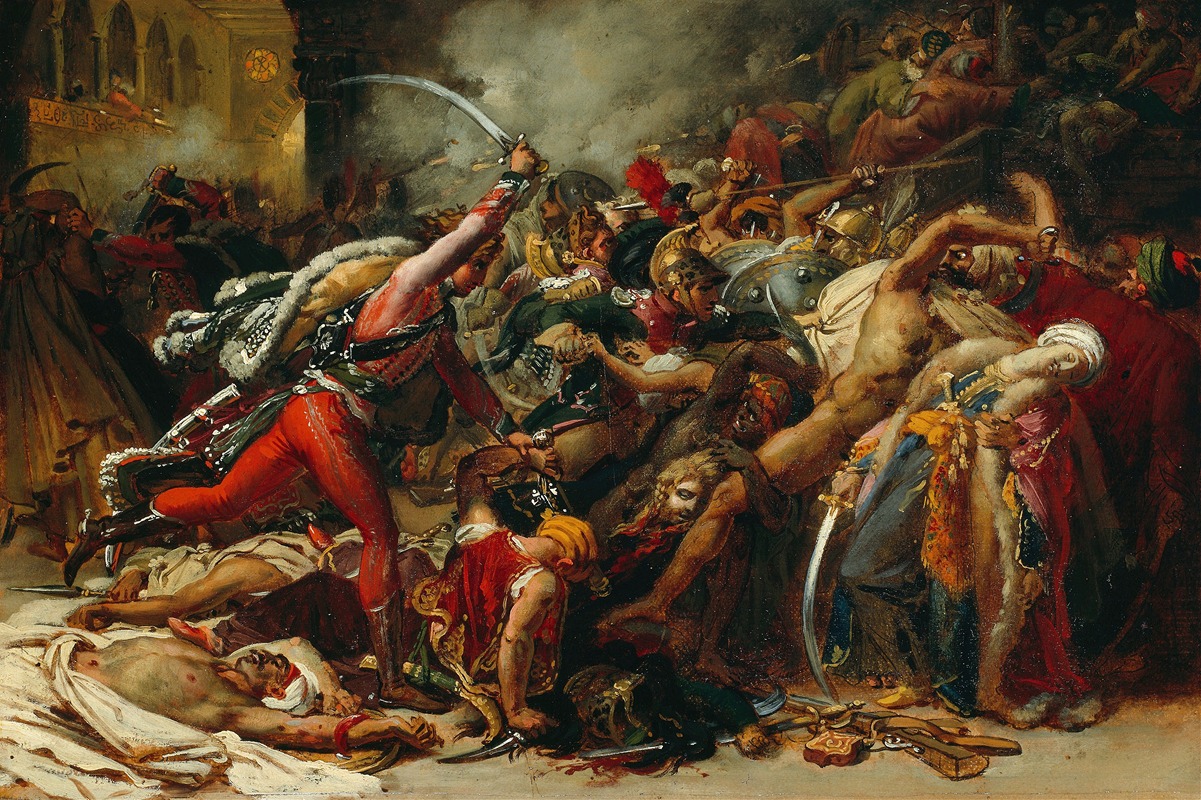
Sketch for The Revolt of Cairo
A hand-painted replica of Anne Louis Girodet-Trioson’s masterpiece Sketch for The Revolt of Cairo, meticulously crafted by professional artists to capture the true essence of the original. Each piece is created with museum-quality canvas and rare mineral pigments, carefully painted by experienced artists with delicate brushstrokes and rich, layered colors to perfectly recreate the texture of the original artwork. Unlike machine-printed reproductions, this hand-painted version brings the painting to life, infused with the artist’s emotions and skill in every stroke. Whether for personal collection or home decoration, it instantly elevates the artistic atmosphere of any space.
"Sketch for The Revolt of Cairo" is a preparatory work by French artist Anne-Louis Girodet-Trioson, created in the early 19th century. Girodet-Trioson, a prominent painter of the Neoclassical period, was known for his dramatic compositions and meticulous attention to detail. This sketch is associated with his larger painting, The Revolt of Cairo, which was completed in 1810 and depicts a historical event during Napoleon Bonaparte's Egyptian campaign.
The subject of the artwork is the uprising that took place in Cairo on October 21, 1798, against the French occupation. This revolt occurred shortly after Napoleon's forces had invaded Egypt as part of his broader military and scientific expedition. The rebellion was a significant moment of resistance by the local population, who opposed the French presence and their attempts to impose control over the region. The revolt was ultimately suppressed by the French army, but it remains a notable episode in the history of Napoleon's Egyptian campaign.
Girodet's sketch serves as a preparatory study for the final painting, which was commissioned by the French government to commemorate Napoleon's military achievements. The sketch likely reflects Girodet's process of developing the composition, experimenting with the arrangement of figures, and capturing the intense emotions of the scene. While the final painting is known for its dramatic use of light and shadow, as well as its dynamic portrayal of the chaos and violence of the revolt, the sketch provides insight into the artist's initial ideas and creative process.
The final version of The Revolt of Cairo is housed in the Château de Versailles, along with many other works celebrating French military history. Girodet's depiction of the event is notable for its theatricality and the way it blends historical narrative with artistic imagination. The sketch, as a preparatory piece, holds value for art historians and enthusiasts as it offers a glimpse into Girodet's working methods and his approach to monumental historical painting.
Further details about the specific location or current status of the sketch itself are not widely documented.






![Gate of Victory [Bab an-Nasr], and Mosque of El Hakim.](/imgs/217487/s/david-roberts-gate-of-victory-bab-annasr-and-mosque-of-el-hakim-b179ecfb.jpg)
